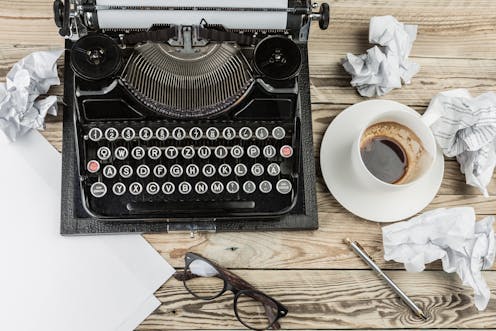So what is the good of book reviewing? A review of a review of the reviewers
- Written by Ronan McDonald, Chair of Irish Studies, The University of Melbourne

Imagine you’re the literary editor for a major US newspaper, like The New York Times or The Washington Post. You know that getting a good notice in your paper can launch the career of a young writer and you’re far from indifferent to the fate of literary culture. You majored in English and once nurtured dreams of being a novelist yourself. But tens of thousands of fiction titles are published each year and it sometimes feels like most of them are piled up on your desk.
Review: Inside the Critics’ Circle: Book Reviewing in Uncertain Times – Phillipa K. Chong (Princeton University Press)

















